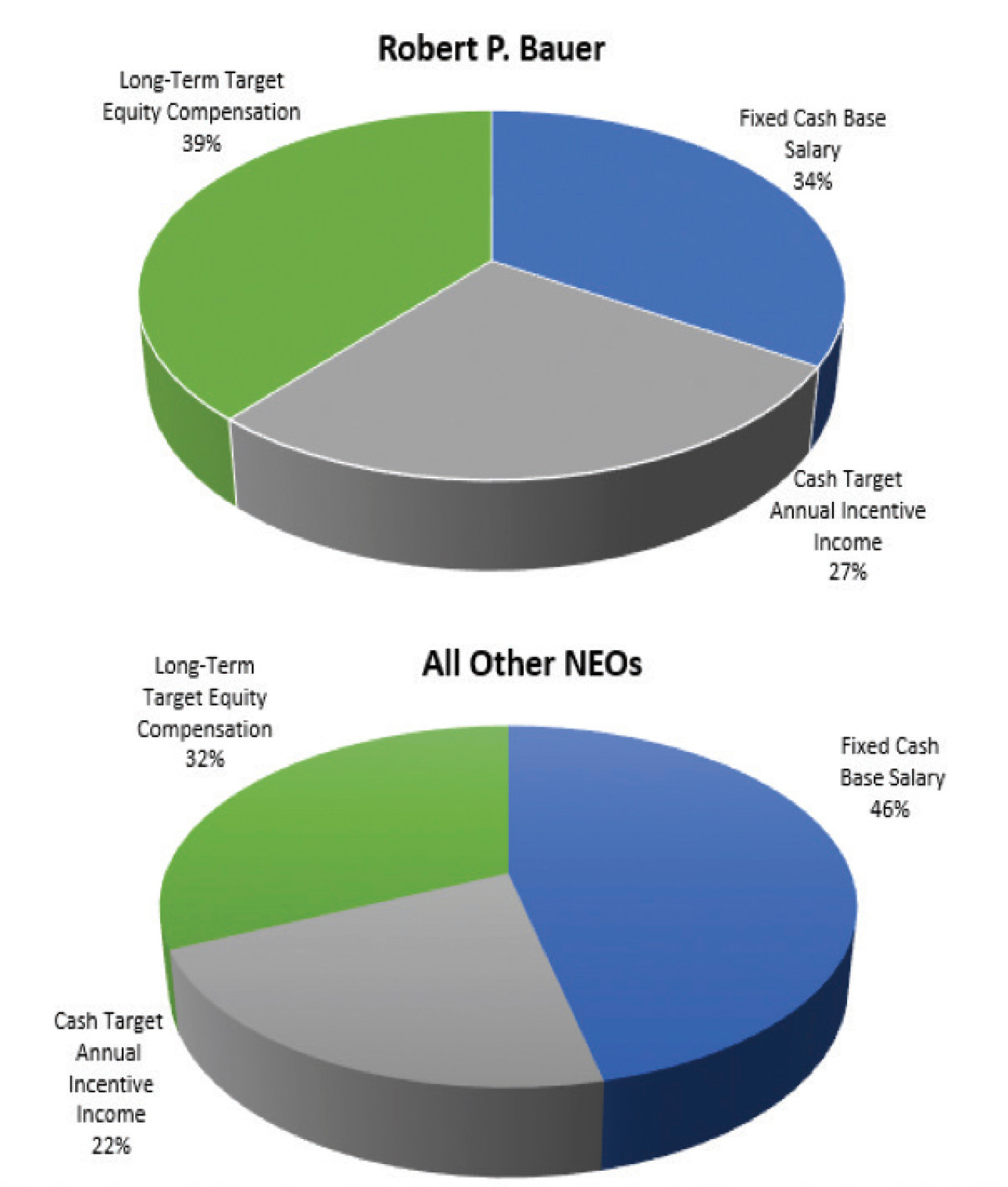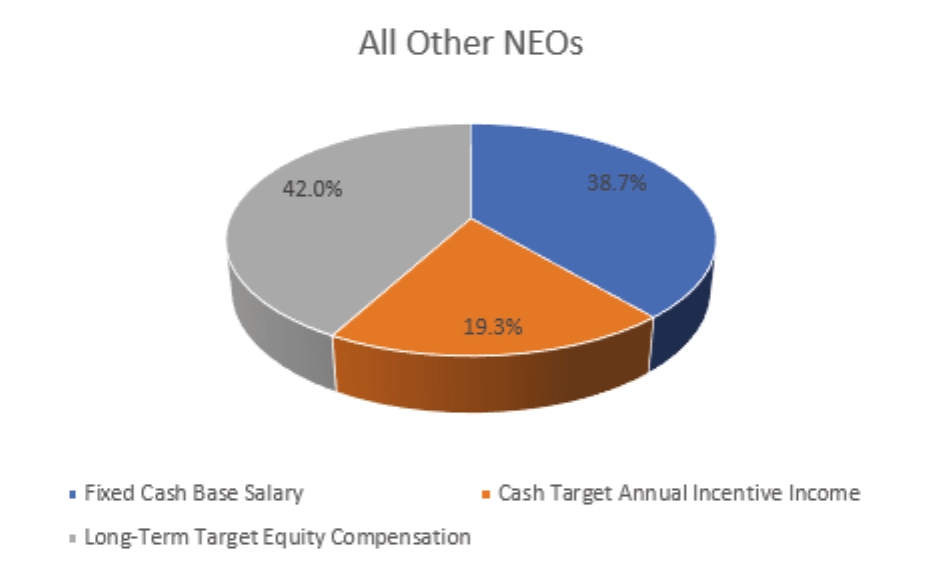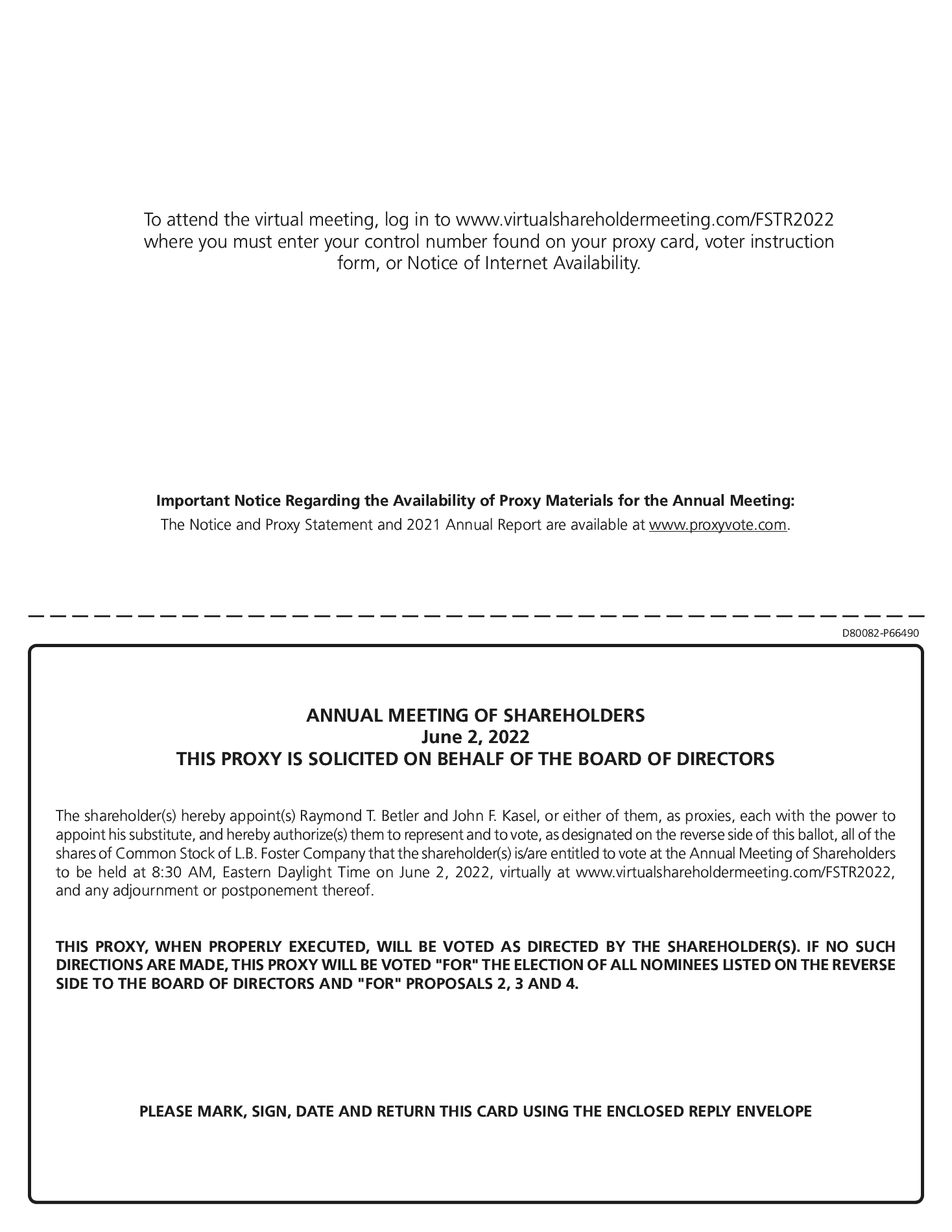(c) To the extent permitted by law, the Committee may delegate to one or more of its members, to one or more officers of the Company, or to one or more agents or advisors, such duties or powers as it may deem advisable, and the Committee, the subcommittee, or any person to whom duties or powers have been delegated as aforesaid, may employ one or more persons to render advice with respect to any responsibility the Committee, the subcommittee or such person may have under this Plan. The Committee may, by resolution, authorize one or more officers of the Company to do one or both of the following on the same basis as the Committee: (i) designate employees to be recipients of awards under this Plan and (ii) determine the size of any such awards; provided, however, that the Committee will not delegate such responsibilities to any such officer for awards granted to an employee who is an officer (for purposes of Section 16 of the Exchange Act) or a Director.
11. Adjustments. The Committee shall make or provide for such adjustments in the number of and kind of Common Stock covered by outstanding Option Rights, Appreciation Rights, Restricted Stock, Restricted Stock Units, Performance Shares and Performance Units granted hereunder and, if applicable, in the number of and kind of Common Stock covered by other awards granted pursuant to Section 9 of this Plan, in the Option Price and Base Price provided in outstanding Option Rights and Appreciation Rights, respectively, in Cash Incentive Awards, and in other award terms, as the Committee, in its sole discretion, determines, in good faith, is equitably required to prevent dilution or enlargement of the rights of Participants that otherwise would result from (a) any extraordinary cash dividend, stock dividend, stock split, combination of shares, recapitalization or other change in the capital structure of the Company, (b) any merger, consolidation, spin-off, split-off, spin-out, split-up, reorganization, partial or complete liquidation or other distribution of assets, issuance of rights or warrants to purchase securities, or (c) any other corporate transaction or event having an effect similar to any of the foregoing. Moreover, in the event of any such transaction or event or in the event of a Change in Control, the Committee may provide in substitution for any or all outstanding awards under this Plan such alternative consideration (including cash), if any, as it, in good faith, may determine to be equitable in the circumstances and shall require in connection therewith the surrender of all awards so replaced in a manner that complies with Section 409A of the Code. In addition, for each Option Right or Appreciation Right with an Option Price or Base Price, respectively, greater than the consideration offered in connection with any such transaction or event or Change in Control, the Committee may in its discretion elect to cancel such Option Right or Appreciation Right without any payment to the person holding such Option Right or Appreciation Right. The Committee shall also make or provide for such adjustments in the number of shares of Common Stock specified in Section 3 of this Plan as the Committee in its sole discretion, determines, in good faith, is appropriate to reflect any transaction or event described in this Section 11.
12. Change in Control. For purposes of this Plan, except as may be otherwise prescribed by the Committee in an Evidence of Award made under this Plan or as otherwise provided in another plan or agreement applicable to the Participant, a “Change in Control” will be deemed to have occurred upon the occurrence (after the Effective Date) of any of the following events:
(a) the consummation of any merger, consolidation or business combination in which the shareholders of the Company immediately prior to the merger, consolidation or business combination do not own at least a majority of the outstanding equity interests of the surviving parent entity;
(b) the sale of all or substantially all of the Company’s and its Subsidiaries’ assets in a single transaction or a series of related transactions;
(c) the acquisition of beneficial ownership or control, directly or indirectly, through one transaction or a series of transactions (including, without limitation, power to vote) of a majority of the outstanding shares of Common Stock of the Company by any “person” as such term is defined under Sections 13(d) and 14(d) of the Exchange Act (but excluding the Company, any Subsidiary, any trustee or other fiduciary holding securities under an employee benefit plan of the Company, and any corporation or other entity owned, directly or indirectly, by the shareholders of the Company in substantially the same proportions as their ownership of shares of Stock); or
(d) a contested election of Directors, including with respect to Directors elected under any proxy statementaccess procedures included in the Company’s organizational documents, as a result of which or in connection with which the persons who were Directors of the Company before such election or nominees approved by the Board for election to the Board cease to constitute a majority of the Board.
13. Detrimental Activity and 2018 Annual ReportRecapture Provisions. Any Evidence of Award may reference a clawback policy of the Company or provide for the cancellation or forfeiture of an award or the forfeiture and repayment to









